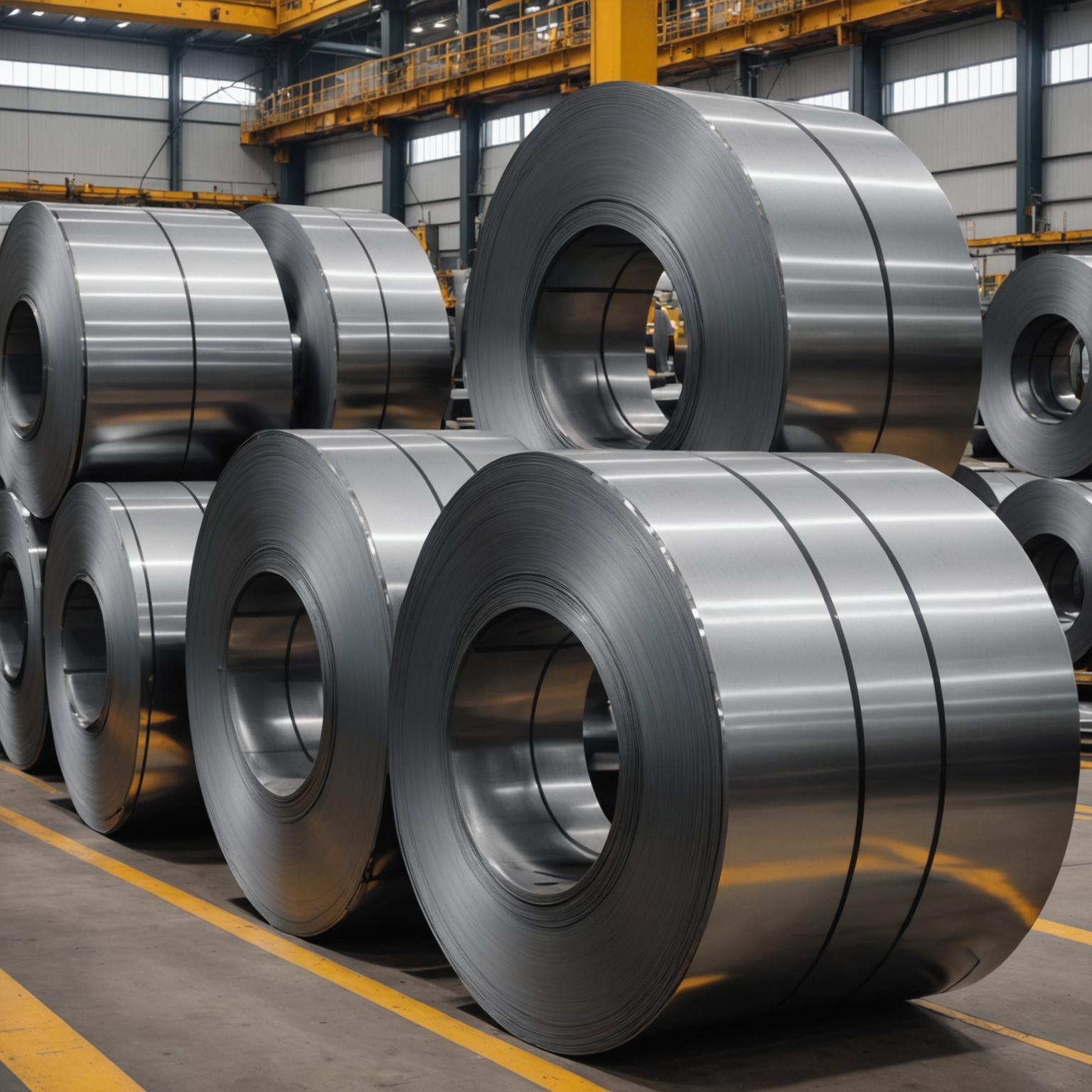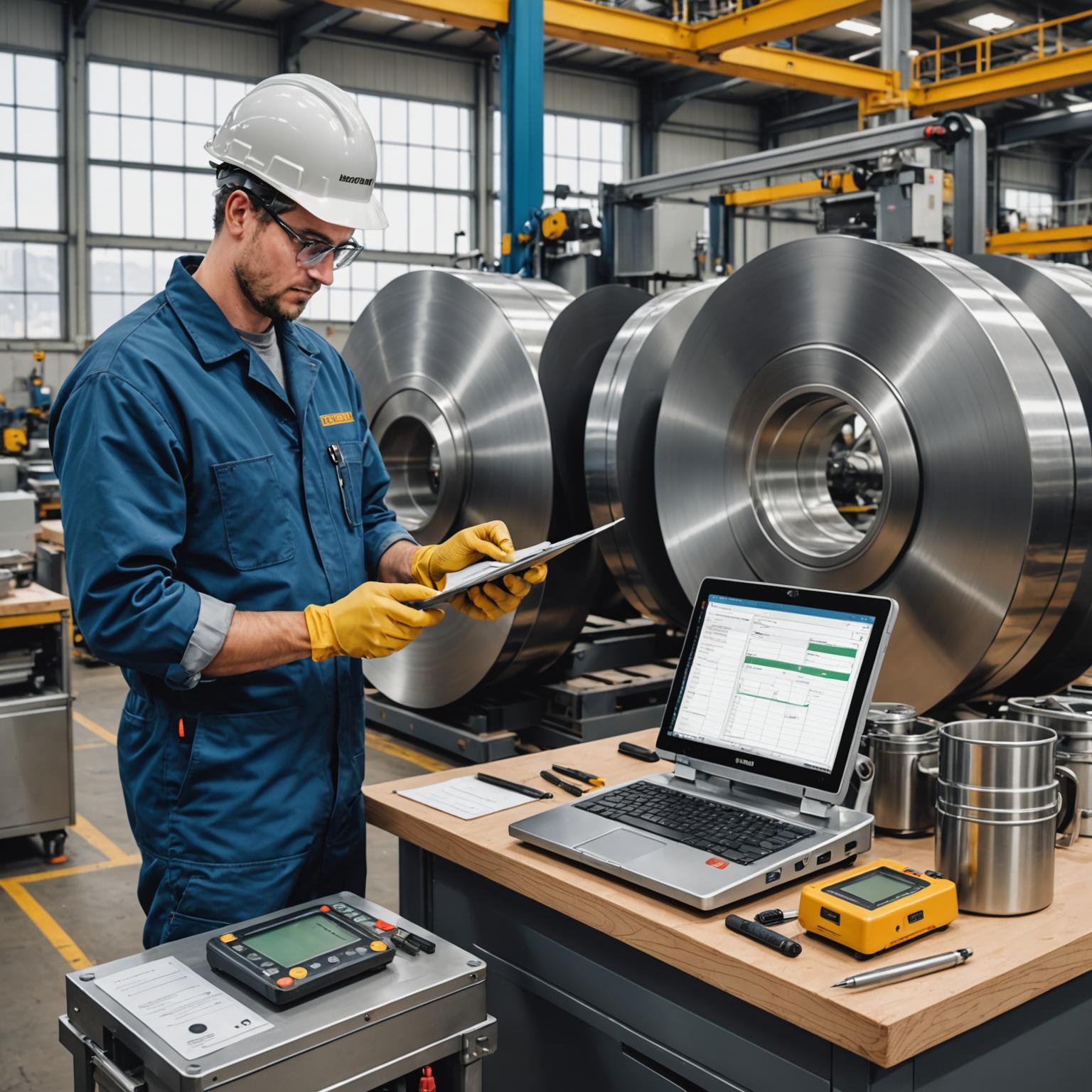Understanding Stainless Steel Coils: What Makes Them Stand Out
Premium stainless steel coils have revolutionized industries by combining durability, precision, and versatility in a single product. These sleek, functional stainless steel rolls represent the epitome of industrial excellence. Crafted from high-grade stainless steel, they offer unparalleled corrosion resistance, making them ideal for applications in architecture, automotive manufacturing, and various industrial equipment. Their robustness ensures longevity even under harsh conditions.
A key trait of stainless steel coils is their seamless precision. Their flawless finish and uniform surface aren’t merely aesthetic features—they’re indicators of engineering reliability. Tight dimensional accuracy ensures compatibility across a wide range of applications, catering to industries that prioritize efficiency and repeatable performance. Whether you're designing sophisticated appliances or resilient structural components, the versatility of stainless steel coils allows for endless possibilities. This brings us to an important point: what truly influences their price?
Key Factors Influencing the Price of Stainless Steel Coils
The price of stainless steel coils is influenced by a variety of factors. Understanding these elements can help buyers make informed decisions, tailor purchases to their needs, and balance cost efficiency with quality.
**Material Grade and Quality:** One of the most significant price-influencing factors is the grade of stainless steel used. Higher grades often feature better corrosion resistance, heat tolerance, and strength, which naturally come at a premium. Coils crafted for high-performance applications, such as those used in aerospace or marine industries, will typically cost more than those designed for basic architectural use.
**Thickness and Dimensions:** Stainless steel coils come in a variety of widths, thicknesses, and finishes, making them suitable for customized needs. However, customized dimensions often translate to higher production costs. Thickness impacts both performance capabilities and price—a thicker coil is sturdier but also heavier and more expensive due to the additional material used.
**Manufacturing Process:** Another critical factor is the complexity of engineering and manufacturing. Coils with a flawless finish or unique surface customization, such as mirror-like finishes or special matte textures, require advanced production techniques. This perfection in craftsmanship impacts the final pricing.
**Market Demand:** Market fluctuations play a big role. When demand for stainless steel rises across industries such as construction, automotive, or appliances, prices tend to go up. Conversely, global competition among suppliers may lead to more competitive pricing.
**Eco-Friendly Features:** Sustainability has become a global priority. Premium stainless steel coils that emphasize environmental mindfulness often cost more due to recyclable materials and eco-conscious production processes. However, this premium comes with the added value of making a responsible choice for the planet.
Comparing Features and Pricing: Why Stainless Steel Coils Are Worth It
A direct comparison of stainless steel coils reveals why these products are often more expensive upfront but deliver long-term savings. Unlike alternative materials such as mild steel, aluminum, or carbon steel, stainless steel coils provide exceptional resistance to rust, oxidation, and high temperatures. This durability ensures that projects last for years without the need for replacement or extensive maintenance.
Additionally, their structural integrity translates into design freedom. For industries seeking versatility in welding, molding, or machining, stainless steel coils offer ease of handling. Bound with safety straps, these coils are both secure and efficient to transport or store. Users can choose from a range of grades, widths, and finishes, which is crucial for customizing applications to meet specific requirements. Aluminum, while lightweight and cheaper, cannot compare in terms of strength and corrosion resistance.
In terms of aesthetics, stainless steel coils have an edge over other materials. Their polished, mirror-like surfaces are ideal for industries that value design alongside utility, such as interior design and high-end appliances. Aluminum or other lower-cost materials simply lack the sophisticated sheen and dependability that stainless steel offers.
Making the Right Choice for Your Projects
Despite the factors influencing the cost, stainless steel coils are undeniably a sound investment. Their durability, sustainability features, and adaptability across a tremendous range of applications make them indispensable to modern manufacturing and design. Though their upfront price might be higher compared to other metals, the long-term savings and benefits are substantial.
For projects that demand both strength and finesse, stainless steel coils are unmatched. Whether you’re building heavy-duty equipment or crafting artistic designs, these coils consistently deliver. By understanding the critical factors that influence their cost, manufacturers and designers can better appreciate their value beyond just pricing.
In the end, making the choice to use stainless steel coils isn’t merely about selecting a material—it’s a commitment to quality, performance, and innovation. When durability meets elegance, the possibilities are endless.








